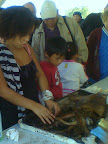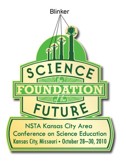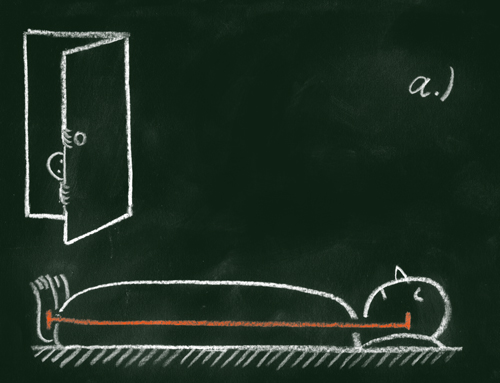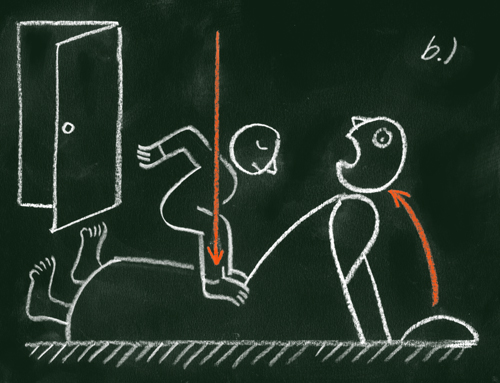
Click here for the Table of Contents
Many science curriculum guides are identifying “big ideas” (or essential questions, underlying themes, understandings) that provide context or a framework for helping students to make connections between concepts within and between subject areas. Some students are able to make their own connections, but many others may need a little assistance to get to this “aha” moment. And when that moment occurs and the light bulb goes on (to use an old metaphor), it’s a rewarding event for a teacher.
This issue focuses on suggestions to help students understand how cycles of land, air, water, air, and living things are interconnected, and how they relate to real-life events and issues.
Living in Pennsylvania, I was immediately interested in
Connect the Spheres with the Coal Cycle. The article includes lots of background on the formation of coal and how the formation, extraction, and use are related in the carbon cycle (with connections to climate change and acid rain). An extensive list of websites is provided (suitable for WebQuests or other projects). More resources can be in found in the SciLinks
Coal Mining.
Speaking of projects, take a look at
The Take Action Project article with examples on how to help students discover their connections to nature and to turn this learning into do-able and relevant projects. Examples of connecting science to personal interests can be found in Physics Fun with Toy Cars, The Science of Soil Textures (with connections to racing, gardening, and other outdoor activities).
It’s always interesting to ask students where something comes from. The article
Banning the Bottle (this month’s “Green Science entry) looks at issues related to the bottled water that is so commonly used—from the source of the water, plastics, bottling equipment and labor, transportation, and recycling vs. disposing in landfills. Students can see how even as something as mundane as a throwaway water bottle is connected to various processes.
Even a class activity such as a test can be considered a cycle, as described in the “Teacher’s Toolkit” article
Strategies for the Meaningful Evaluation of Multiple-Choice Assessments. The author describes each step in the process, from sharing tips for test taking, scoring, analyzing errors (on the part of both teachers and students), which can lead to reteaching or revising the test as the cycle continues to the next unit. The process described by the author is a teacher-friendly (and student-friendly) analysis, and several graphics illustrate the process.
Transporting Students Into Thin Air shows how students can experience the connections between science and communications skills (reading, writing, discussion) and includes examples of student work (which I always like to see) and a “grading” sheet.
Taking the Time to Read Aloud also illustrates connections with science and reading, showing how middle-schoolers are not too old to enjoy and learn from teacher read-alouds. The author includes some suggested materials, and
NSTA Recommends would have more ideas for appropriate trade books to share with students. SciLinks also has a list of online resources related to
reading and writing in science.
NSTA’s SciLinks has several categories at the middle school level that have online resources for learning about cycles and connections:
Finally, the article Finding Learning Beneath the Surface: Monitoring Student Progress with Science Practices Learning Progressions is definitely connected to the processes describe in this month’s Science and Children. The author describes a way to assess students’ ability to observe, measure, graph, diagram, investigate, design, explain, analyze, and model. The progressions are in four levels, ranging from “beginning” to “proficient.” This looks like an excellent way to diagnose student needs and to help students self-monitor their development of inquiry process skills.










